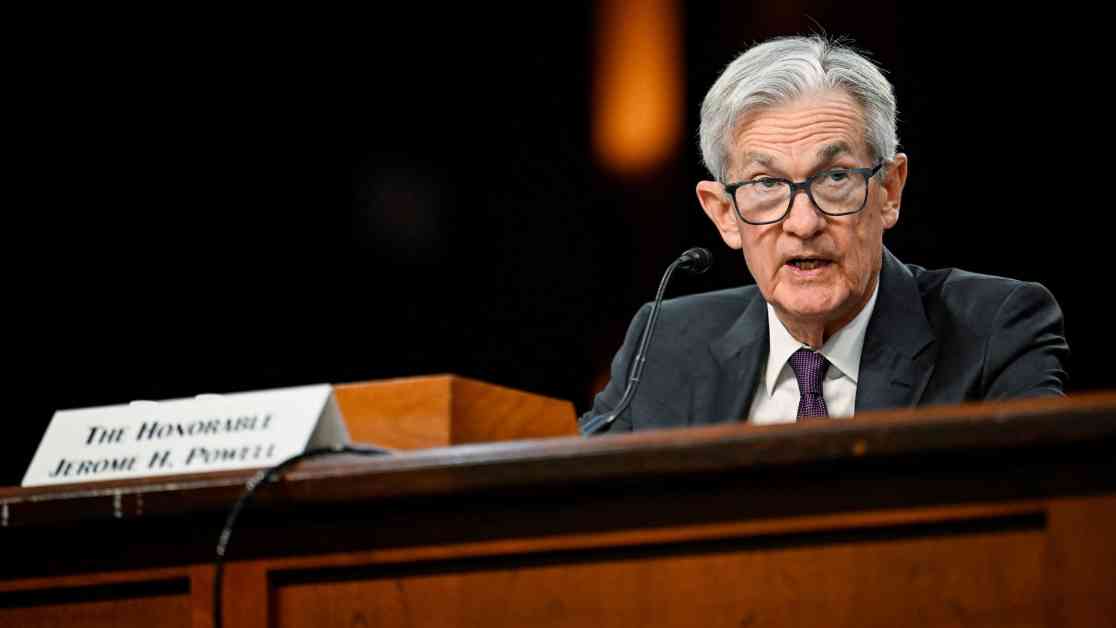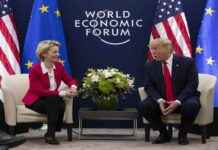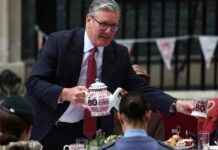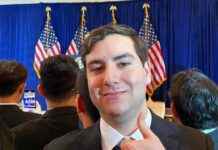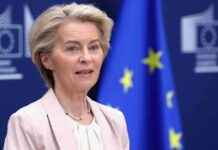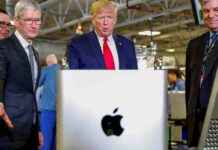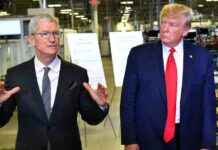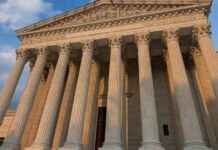Federal Reserve Navigating Uncertainty Amid Trump Policy Outcomes
As Federal Reserve Chair Jerome Powell testified before a Senate committee in Washington, D.C. on the Semiannual Monetary Policy Report to Congress, the central bank’s officials grappled with a landscape fraught with unpredictable twists and turns. Amidst a cacophony of unknowns sweeping through both the economy and the political corridors of D.C., the Fed found itself in a precarious position, unable to shift gears as it faced an array of challenges.
In recent weeks, the prevailing sentiment among policymakers was that the Fed’s policies were “well-positioned” to adapt to any forthcoming risks. Yet, a closer look revealed that the central bank stood at a standstill, waiting for clarity amidst a sea of uncertainties. Atlanta Fed President Raphael Bostic captured the essence of the situation in a blog post, highlighting the dual sentiments of optimism and anxiety prevalent among banks and policymakers.
Against the backdrop of a landscape marked by volatility stemming from President Donald Trump’s aggressive trade policies and economic agenda, the Fed’s stance of cautious optimism was underscored by a growing sense of “uncertainty.” Bostic aptly titled his blog post “Uncertainty Calls for Caution, Humility in Policymaking,” reflecting the prevailing mood among policymakers.
The minutes from the recent Federal Open Market Committee meeting echoed this sentiment, citing “elevated uncertainty” regarding potential changes in trade, immigration, fiscal, and regulatory policies. This uncertainty, officials noted, posed challenges to the Fed’s decision-making process, particularly in terms of its impact on employment and inflation.
The Fed’s struggle to achieve its 2% inflation target has persisted over the years, with St. Louis Fed President Alberto Musalem expressing concerns about inflation remaining above the target. The delicate balance between inflation and economic activity, as well as the potential impact of tariffs on prices, loomed large in the Fed’s deliberations.
While the Fed remained cautiously optimistic about the future, there were growing concerns about the risks ahead. The Fed’s focus extended beyond tariffs and inflation, encompassing broader issues related to financial stability and leverage within the banking sector. Economist Mark Zandi’s warning about the fragility of the U.S. bond market underscored the gravity of the situation, pointing to the potential for a major sell-off in the bond market.
In the face of mounting risks and uncertainties, the Fed’s options appeared increasingly limited. Despite market expectations of interest rate cuts, the Fed’s reluctance to make hasty decisions in the absence of clear inflation trends highlighted the complexity of the situation. Zandi’s assessment of the economic landscape painted a stark picture of the challenges ahead, emphasizing the need for caution and preparedness in the face of potential storms.
As the Fed navigated the treacherous waters of economic uncertainty, the path ahead remained fraught with challenges and unknowns. The delicate balance between optimism and caution underscored the complexity of the Fed’s task, as policymakers grappled with a rapidly evolving landscape. In the midst of swirling uncertainties and potential risks, the Fed’s ability to weather the storms ahead would be tested, requiring a delicate dance between prudence and preparedness.

